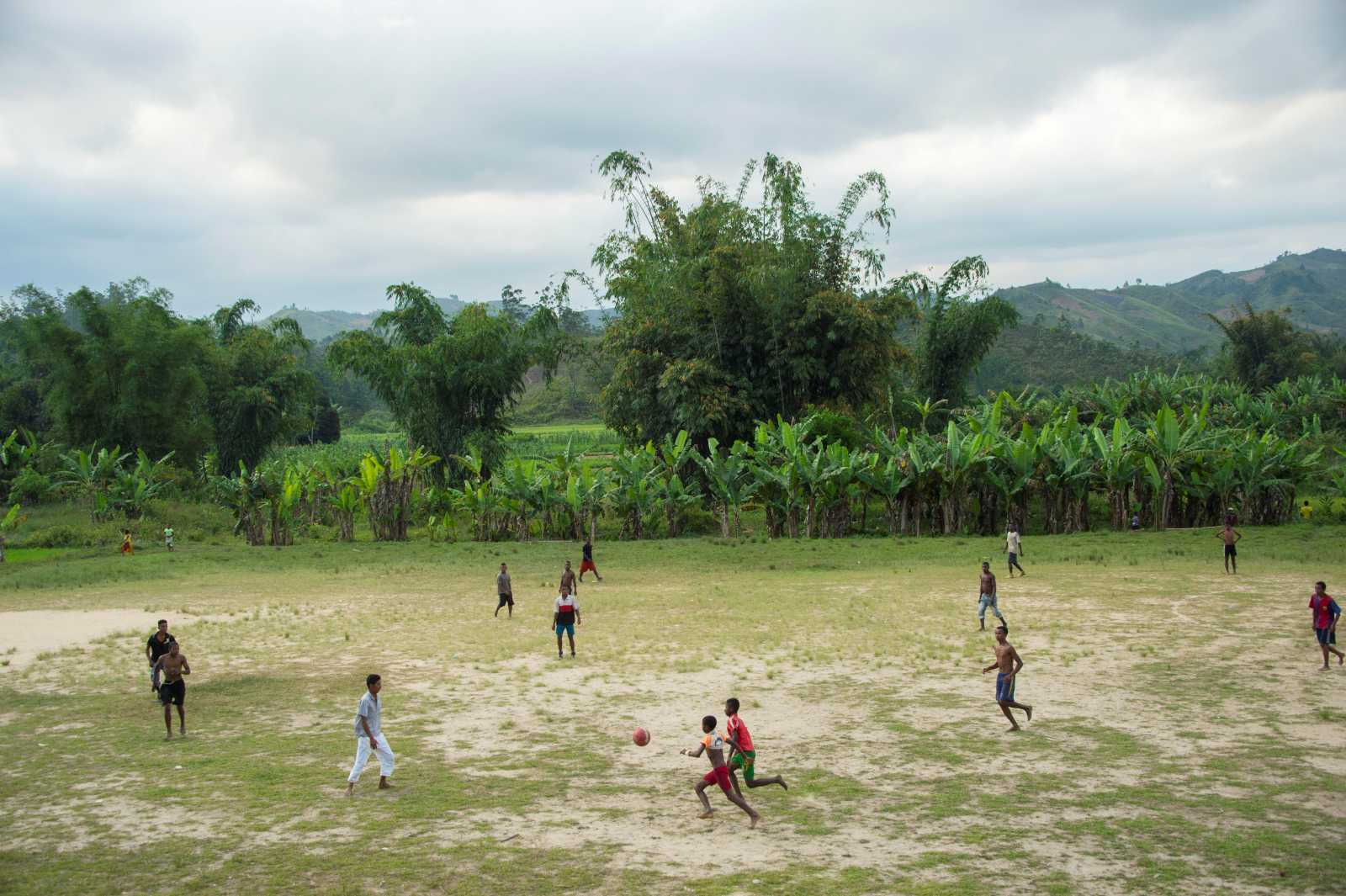Hunger crisis
Zimbabwe’s malnutrition crisis worsens under El Niño drought

11-year-old Jason Mavura is emaciated, thin and looks rather bony. He is just one of many children in Zimbabwe who are threatened by hunger and emaciation. His mother, 33-year-old Letwin Humure, is unable to give him more than one meal a day.
In 2024, Zimbabwe faced the impact of a strong El Niño event that spilled over from the previous year. It resulted in above average temperatures and below average rainfall. The country then experienced a mid-season dry spell. The last time such extreme weather conditions were seen was during 2015 to 2016.
The ongoing extreme weather conditions have affected food harvests across the country. The majority of poor families that rely on subsistence agriculture are now unable to feed their children and must rely on handouts.
Starving children and families
As the El Niño-induced drought intensifies, thousands of Zimbabwean children are at risk of malnutrition. UNICEF estimates that close to 580,000 children live in severe food poverty. The UN agency further estimates that over one quarter of Zimbabwean children are stunted.
The worst affected have been children like Jason, some of whom are even opting to drop out of school because they have nothing to eat.
“My mother has no food to give me when I go to school. I have become used to this. Sometimes my friends share their lunch boxes with me. I then look forward to getting back home to have our single meal before we sleep,” Jason says.
For many other children like nine-year-old Tania Chirara, who lives in Epworth, an informal settlement east of Harare, the capital of Zimbabwe, things are even worse. As she has little, sometimes even nothing to eat, her poor parents withdrew her from school at the beginning of the year.
In other remote parts of the country, children are going for days without food as their parents are unable to feed them. Dairai Murambi, a 32-year-old single mother in Mwenezi district’s Maranda area is one such parent whose three children have had to endure starvation.
One of Murambi’s neighbours says: “Murambi’s three children always come here at my home to play with my kids and when it is time to eat, I sometimes offer them food, but very often there is just so little, and I have no choice except to ask them to go back to their mother. It’s painful, I know.”
Initiatives to help
Authorities in Zimbabwe are implementing initiatives to help. In May 2024, Zimbabwean president Emmerson Mnangagwa declared a state of disaster, citing the need for $ 2 billion to address the El Niño-induced drought. In selected rural and urban centres, a school feeding programme has been rolled out. The government now provides nutritious porridge fed to learners.
Equally, some local health experts have created a nutritional porridge “maworesa,” from locally sourced ingredients to aid in providing cheaper whole meals for starving children and families.
However, the government must do more. In areas like Mudzi in Zimbabwe’s Mashonaland East Province, malnutrition cases have surged by 20 % in the past months. UNICEF estimates that about 1.8 million Zimbabwean learners are at a risk of educational disruption owing to the ongoing crisis.
Jeffrey Moyo is a journalist based in Harare.
moyojeffrey@gmail.com















